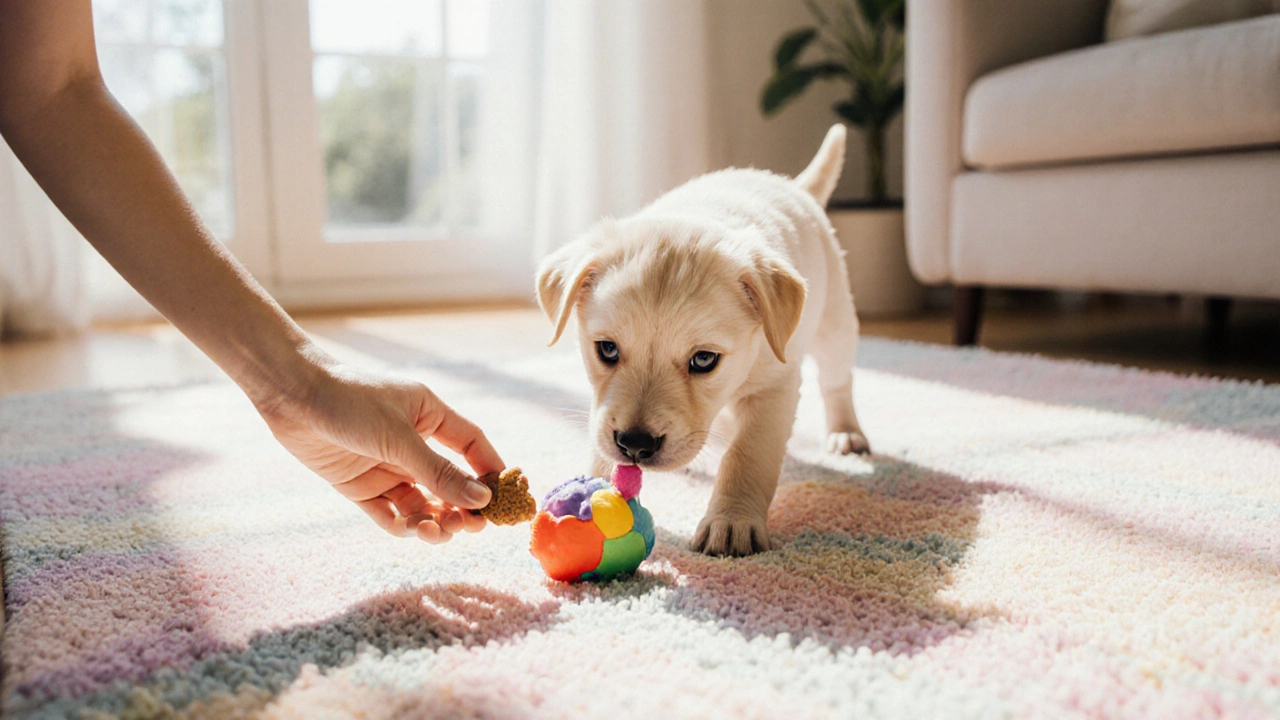Puppy Behavior Correction: Practical Tips for a Well‑Behaved Pup
When working with puppy behavior correction, the process of shaping a young dog's habits and responses. Also known as puppy training correction, it blends consistency, patience, and the right tools to turn unwanted actions into polite ones. Below you’ll find a curated set of strategies that tackle everything from bathroom accidents to nipping, giving you a clear path forward.
One of the core pillars of crate training, using a safe, confined space to teach boundaries is its impact on puppy behavior correction. By introducing a crate early, you give your pup a den‑like retreat that discourages indoor accidents and reduces anxiety. The routine of entering and exiting the crate creates a predictable schedule, which in turn makes housebreaking smoother. Most owners find that a well‑timed crate routine cuts down on night‑time peeing and helps the puppy learn when it’s time to rest versus when it’s time to explore.
Any lasting change needs a reward system, and that’s where positive reinforcement, immediate praise or treats for desirable actions shines. Instead of scolding a puppy for a mistake, you instantly celebrate the right behavior. This method builds a strong association between the action and a pleasant outcome, making the dog eager to repeat it. It also keeps training sessions upbeat, which helps the puppy stay focused and reduces frustration for both sides. Pair this with a consistent cue like "no" and you’ll see quick improvements in manners.
Successful puppy housebreaking, teaching a young dog where and when to eliminate often leans heavily on both crate training and positive reinforcement. A predictable crate schedule signals bathroom breaks, while rewarding a puppy for using a pee pad or stepping outside reinforces the correct spot. Many owners combine a short‑term pee pad in the crate area with frequent outdoor trips, gradually moving the pad farther away as the dog gains confidence. Consistency is key—same door, same timing, same praise—and the whole process becomes a logical sequence rather than a guess‑work game.
Beyond the basics, teaching the "no" command exemplifies how puppy behavior correction ties everything together. The cue gives the pup a clear stop signal, which you can follow with a gentle redirect and a reward when the dog chooses the right option. This simple word works hand‑in‑hand with crate routines, housebreaking schedules, and reinforcement tricks. When the command is used consistently, the puppy learns to pause, think, and then act in a way that pleases you.
Putting these pieces together—crate training, positive reinforcement, housebreaking routines, and the "no" cue—creates a solid framework for any new dog owner. In the articles that follow you’ll find deeper dives into each technique, real‑world examples, and step‑by‑step guides that turn theory into daily practice. Ready to see the full range of tips and tricks? Scroll down to explore the detailed posts that will help you shape a calm, well‑behaved pup every day.
Effective Ways to Discipline an 8‑Week‑Old Puppy
Learn practical, gentle ways to discipline an 8‑week‑old puppy, from positive reinforcement to crate training, with step‑by‑step tips and a handy checklist.
